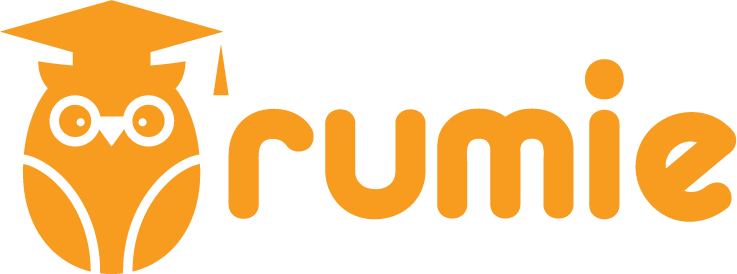
This logo isn't an ad or affiliate link. It's an organization that shares in our mission, and empowered the authors to share their insights in Byte form.
Rumie vets Bytes for compliance with our
Standards.
The organization is responsible for the completeness and reliability of the content.
Learn more
about how Rumie works with partners.
Picture this: you’re an account manager at a large company. Your team has relied on the same tools and software for many years. Everything seems to run smoothly, until...

One day, you hear about newer software that’s faster and more efficient. At your next team meeting, you ask, "Should we consider making the switch?"
If the first response you hear is, "We’re fine with what we have," be cautious — you might be facing status quo bias!

What is status quo bias?
Status quo bias happens when people tend to stick with the way things are because it feels more comfortable.
We see our current situation as the safe choice, so we tend to think that sticking with what we know is the better option, even if there might be better alternatives.
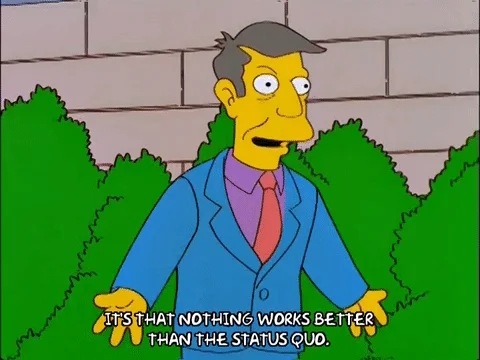
Did you know?
The term "status quo bias" was introduced by researchers William Samuelson and Richard Zeckhauser in 1988. They ran experiments and found that people often prefer to stick with things as they are, rather than make changes.
How does it affect the workplace?
Status quo bias can sneak into workplace decisions, making people hesitant to embrace positive changes like: 😕
Switching to new software or tools
Updating the company structure
Adopting more efficient procedures
Working with new customers, suppliers, or vendors
Switching to a more effective training program
Changing how hiring is done

This hesitation can: ⚠️
Stifle innovation and creativity
Limit opportunities for the company's growth
Restrict employees' professional development
It affects both the organization as a whole and the individuals within it.

Test your knowledge!

Which of the following are examples of status quo bias?
A. A manager uses an outdated project management tool, despite other new and efficient options being available.
B. An employee suggests a new workflow to save time, and the team quickly adopts it.
C. A department resists a new training program because they are used to the current methods, even though the new program offers better results.
D. A company looks for new suppliers to find better prices and quality.
Quiz
Select all answers that apply:
Being hesitant to use better project management tools (A) or refusing to try training programs that could improve things (C) are clear examples of status quo bias. The other two options (B and D) actually show the opposite — openness to change.
How to overcome status quo bias in the workplace
Here are five techniques that can help reduce the effects of status quo bias in the workplace.
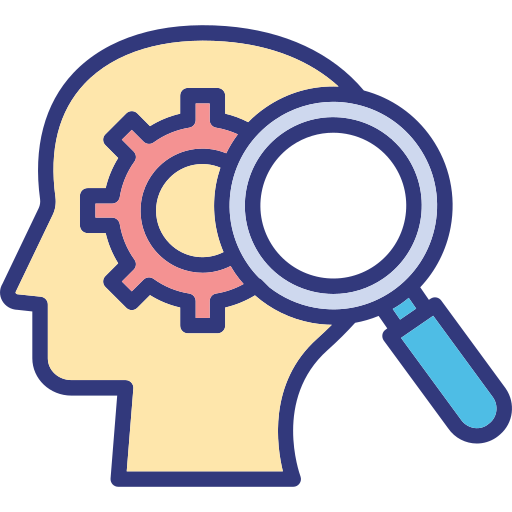
1. Recognize status quo bias.
When a change is suggested at work, ask why people are hesitant. Figure out what's holding them back and see if it's due to status quo bias.
Example: You propose switching to a more efficient project management tool. If team members resist, dig into the causes by asking questions like:
"Are you afraid of learning a new system?"
“Are you just comfortable with the current tool, even though it's less efficient?"
You can do this through casual chats or formal meetings. Stay curious, keep your eyes and ears open, and dig deeper to understand it better.

2. Emphasize what’s lost by sticking to the status quo.
Explain what they’re missing by sticking with the status quo to help others see your perspective.
Example: Maybe the current system is slower, harder to use, or doesn’t help everyone stay on the same page. You can point out that not switching could mean wasting time and making teamwork harder.

3. Show evidence.
Share data, examples, or success stories that demonstrate why the idea works.
Example: You hear about another department implementing a new training program that results in better sales. Do your research, and once you're convinced, share success stories or invite the team to speak with your colleagues and demonstrate the positive impact of the new training program.
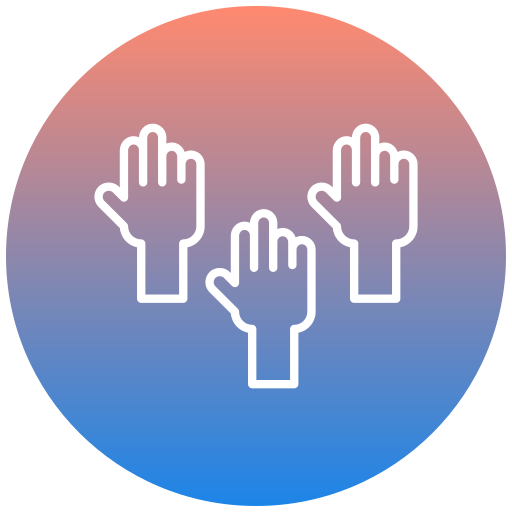
4. Encourage participation in the decision-making process.
Have a meeting, where everyone can participate in the decision-making process. Have discussions about the pros and cons.
Example: If you're choosing a new workflow for smoother operations, ask team members to share their thoughts on the current process. Discuss the pros and cons, like improved efficiency versus the time needed to learn the new procedure. This allows everyone to have a say and feel heard.

5. Take small steps and elicit feedback.
Take gradual steps instead of implementing the entire change all at once. Provide opportunities for feedback. This will make it easier for people to try new things.
Example: If you're introducing a new software tool, start by having a small group of team members test it first, gather their feedback, and make adjustments as needed. Then roll it out to the rest of the team in stages.
Let's practice!
Let's look back at that scenario from the beginning of this Byte. 👀
You’re an account manager at a large company, and your team has been using the same tools and software for many years. Everything is running smoothly and people are comfortable with the system. ✨
Then, you find new software that's faster and more efficient, but your team resists the change due to status quo bias.
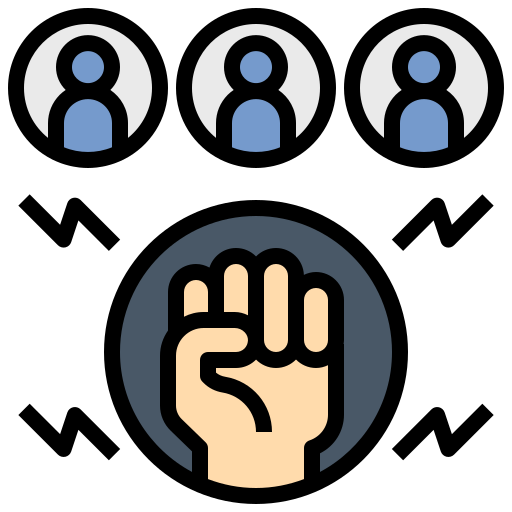
Which of the following strategies can help reduce status quo bias in this situation?
A. Share your personal opinion on how great the new software is.
B. Present data showing the benefits of the new software and the drawbacks of the current one.
C. Share online success stories about using the new software.
D. Push for an immediate switch to the new software without feedback.
Quiz
Sharing objective data (B) and real success stories (C) will be more convincing than offering personal opinions (A). Switching to the new software immediately without feedback (D) can increase resistance, while gradually adopting the software with feedback can help reduce it.
Take Action
Status quo bias can be an obstacle to growth and innovation in the workplace, but using effective techniques can help reduce its negative impact.
Keep working on it, and you’ll become a better decision-maker who helps your organization and team members progress and improve! 💪

What's next?
This Byte has been authored by
Lucy Wang
Academic Assistant
MA